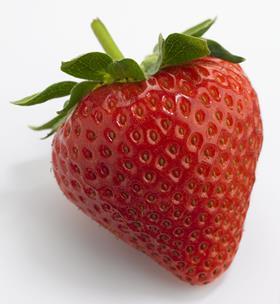
US produce industry groups have lined up to discredit the Environmental Working Group’s (EWG) latest ‘Dirty Dozen’ list, calling it irresponsible and misleading.
Kathy Means, PMA vice president of industry relations, said those who produce “dirty” reports “irresponsibly frighten consumers, often simply to fundraise for themselves”.
“The government data is clear, and the context from US Department of Agriculture (USDA) is unequivocal: fruits and vegetables are safe,” she added.
Teresa Thorne, executive director of the Alliance for Food and Farming, said in a news release: “If EWG truly cares about public health, it will stop referring to popular produce items that kids love as “dirty” and move toward positive, science-based information that reassures consumers and promotes consumption.”
The EWG, a Washington-based nonprofit environmental research body, this week released its annualShopper’s Guide to Pesticide in Produce, which lists the top 12 conventionally-grown fruits and vegetables sold in the US with the most pesticide residues.
This year, the EWG said strawberries topped the list, with spinach moving to second place. After strawberries and spinach, the 2017 Dirty Dozen list included nectarines, apples, peaches, celery, grapes, pears, cherries, tomatoes, sweet bell peppers and potatoes as containing high pesticide residues.
“Any report that tells people to avoid eating apples is giving harmful advice,” said Jim Bair, US Apple Association president and CEO, in a statement. “Instead, we should be more concerned with increasing consumption of fruits and vegetables.”
EWG's 'Clean Fifteen' lists produce least likely to contain pesticide residues. This year it included sweet corn, avocados, pineapples, cabbage, onions, frozen sweet peas, papayas, asparagus, mangoes, eggplant, honeydew melon, kiwis, cantaloupe, cauliflower and grapefruit.
EWG's Shopper's Guide to Pesticides in Produce, updated every year since 2004, ranks pesticide contamination of 48 popular fruits and vegetables.
The guide is based on results of more than 35,200 samples of produce tested by the US Department of Agriculture and Food and Drug Administration, theEWG said.



